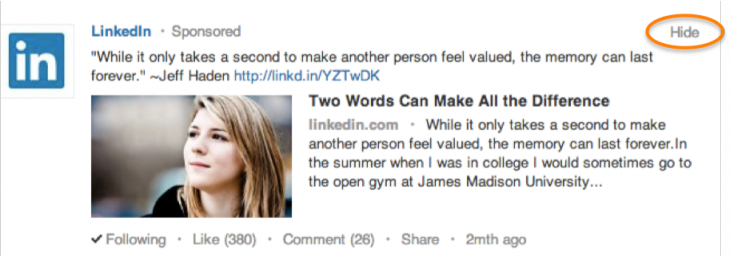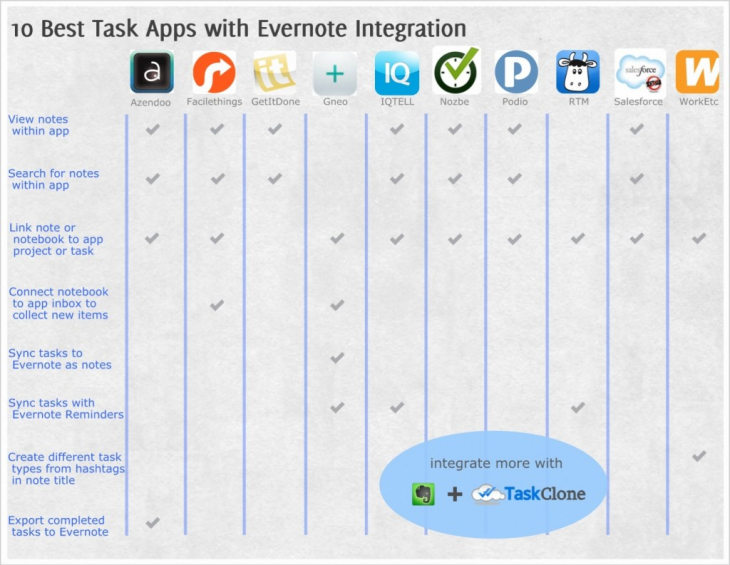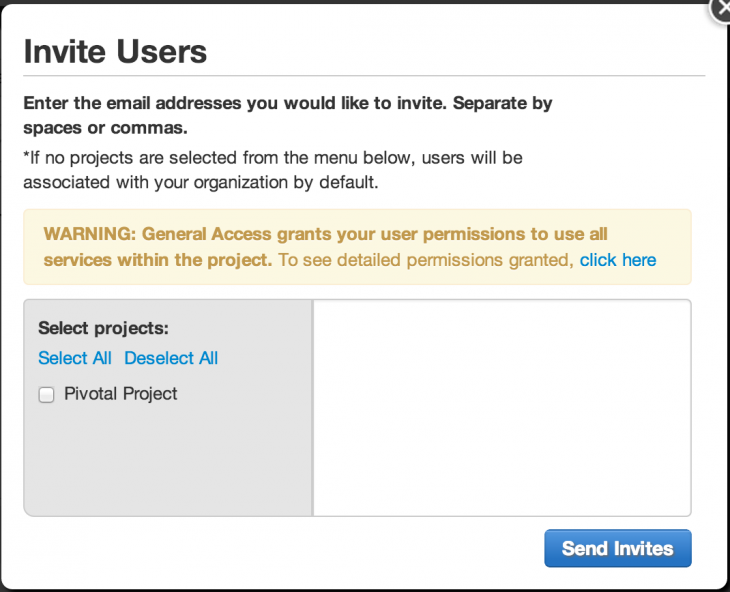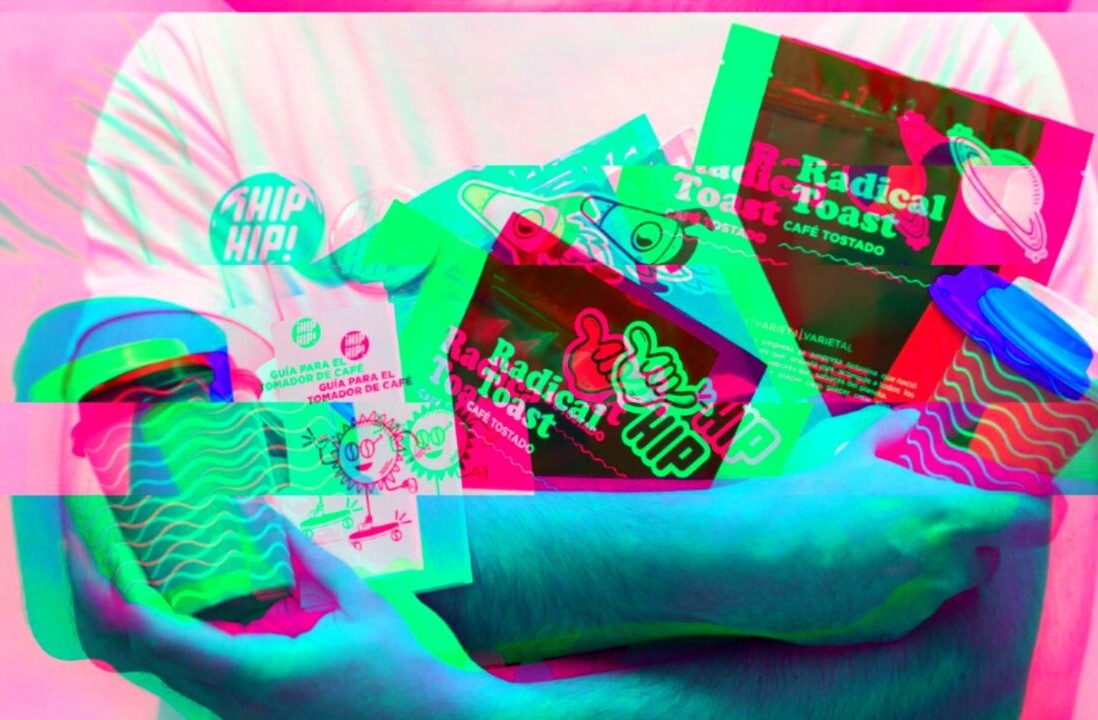
David Arnoux is Head of Growth and co-founder of Twoodo, helping teams organize using simple #hashtags. This post originally appeared on the Twoodo blog.
As you are all probably tired of hearing by now, growth hacking is not simply a series of tricks or tactics, but a mindset to do what it takes to grow a company. It is data-driven and dovetails quite a bit with online marketing.
Each of the 21 B2B growth hacks listed here is an article in itself, but I’m going to keep it brief. Many B2C growth hacks can be creatively tweaked to be valuable as B2B growth hacks. For example, the first growth hack (content) specifies certain types of content that will work best for B2B.
Remember – whether B2C or B2B, you are B2P: business-2-people.
When you read each of these hacks, think about how they could be adjusted to match your business goals. Can you invent your own?
1. Creating content and making it shareable and embeddable – e-books, slideshares, webinars and informative articles
The forms of content that generate most B2B leads are e-books, slideshares and webinars. What do these forms of content have in common? They are educational. They offer clear value to the prospect.
The content should have some relationship to what your business offers, either directly or indirectly. Do not be overly self-promotional – put teaching something valuable first. If you are a language learning app, create content showing people the best memorization techniques. If you are a plumbing company, show people how to maintain their pipes during extreme cold weather.
A tactic I like to use is to create an article first, and then convert it to the other forms listed above with refinements from comments and feedback. The reverse is also doable, but with an article you can benefit by having another indexable page on your website and an SEO opportunity.

Shareability is also extremely important. Social validation affects search engine rankings, particularly in Google. So make it easy!
Install floating social share buttons, or at least have them at the top of your content on your website/blog. Suggest that people share or embed your content elsewhere – the “power of suggestion” is real!
Shareability also relates to the attractiveness of the content. Make sure that at least the header image is beautiful, and relates to the topic in the content. If it’s an infographic, make sure the design is appealing. A compelling title also increases the shareability of your content.
2. LinkedIn presence and activity + sponsored updates

LinkedIn is THE B2B social network, hands down. With the relatively recent “sponsored updates” option, it’s worth testing to see if you can discover leads in what is hopefully your already-thriving LinkedIn network.
If it is not a lively network, start getting involved – choose your groups strategically and set aside time every day to comment or contribute in some way. Consistency will easily make you one of the top influencers in a given group. For a complete guide to sponsored updates, check out Jeff Haden’s at Inc.
*Note: sponsored updates are not the same as LinkedIn ads.
3. Conferences, exhibitions
It’s essential, particularly for hardware companies, to exhibit at fairs and conferences – even meetups. There is still a significant portion of business people (and especially if you are dealing with senior managers) who do business in person.
There is also the connection people can make with experiencing your product in “real life,” It’s an opportunity to add a passionate face to the people behind the product and to show expertise in the industry. These are powerful and lead to increased trust. It’s particularly fruitful if a single account for your product is worth thousands of dollars.
A live demo for less tangible products like SaaS or games is also a valuable opportunity to do market research. What are the bottlenecks that prospects hit when on your websites? Where do they begin to lose interest? Is it overly complex?
Sure, you can get some of this data with heat-mapping and eye-tracking tools but there’s nothing like the detail of doing it with a real person. Also, if the event or exhibition is super-targeted to your niche it will provide many high-quality leads in one fell swoop.
4. Integrate
Consumers’ information is fragmented across a lot of platforms and programs, and offering to consolidate it or link to it within your product is powerful. However, ask for permission. You don’t want to experience the backlash against Google for adding all YouTube comments to the G+ feed.
What you choose to integrate depends on what your data tells you is most useful for your users to do. It could be email, it could be social media, it could be their Dropbox account.
Before going ahead with an integration, do some customer discovery and find out what your users actually want. You can also research the FAQs of close competitors (which are usually public) to find out if there is one common integration they are lacking (or if there is one core integration that must be done). Some competitors will have a “requested features” page in public, which is also useful.
Evernote is a prime example of extensive integrations.
5. Free trial/freemium + best support
The free trial has gotta be sans credit card commitment, and your absolute best support should be on hand for all trial users. Why? Implant memories of excellent service and your lead is more likely to sign up at the end.
Think of it as being on your best behaviour on the first few dates. The free trial should be long enough for the user to realize the added value, but short enough so that they don’t quite avail of the full service they would like to get.
With freemium, offer the absolute minimum for the user to have a delightful experience and keep the aware of the benefits of the “premium” version(s). PicMonkey is an example of this tactic. You can SEE what your options on a full package would be like, but you cannot use them.
Optimizely also lets you have a taste by letting you demo a URL. However, the freemium model is full of pitfalls so seriously consider how you are going to get value out of permanently unpaying users before offering it.
6. Make your product so easy to use it requires no training
Pretty much everything Google (bar advanced Google Analytics) can be learned intuitively. Because of the influence of Google, the team often doesn’t even need to explain how their apps work beyond a FAQ document.
On Udemy, you can find Google courses by people who decided to learn and pass on the information themselves. There are YouTube videos explaining how to use Google tools by non-Google affiliated individuals.
If you can’t make your product that simple, test the best way to show users how to figure it out in as short amount of time as possible. It may not be what you assume. Or, offer in-house training as part of the deal. However, if you are offering your SaaS product internationally this could prove problematic. Perhaps you can live-train teams and individuals over video calls?
In any case, people getting fatigued or frustrated with learning how to use your product is a major source of friction. Test solutions on live participants to find out what works and what doesn’t.
7. Customization, personalization
I cannot emphasize enough how important personalization is in B2B relationships. No matter what stage of the sales cycle, personalize where you can. Use your real name, use their real name. Mention their business in emails, identify with the pains they have in their line of work.
Through tools such as Intercom and MailChimp or networks such as LinkedIn, you can discover this data. Humans respond to being noticed. Cold automation doesn’t inspire the same response.
Segment your email database accordingly so that the messages sent resonate emotionally with the recipient. Otherwise, you’re just wasting an opportunity.
8. Find ways to suggest to them what to do next
Hotmail suggested that people invite a friend. It revolutionized its business. Hubspot makes it required that at the end of each blog post there is a call-to-action.
If you have been successful in gaining access to a potential user in some way, try to find ways to set up “suggestions” for them to follow. It could be “sign up for our newsletter” or “request a free 15 min video call” or “try us for free for two weeks.” Don’t leave them hanging! Choose the best CTA for the situation.
If you have identified someone as a middle-manager, a link to an article on change management will be much more valuable than a link to an article on how to make a great Powerpoint presentation (the logic being they probably already know).
9. Move the “invite your friends” invitation to later in the learning curve
Few people are going to invite their friends to a new service unless there is a great reward that they can only avail of in that moment. People care about their reputations. They will not recommend something to their friends, family, colleagues or peers until they are satisfied it is worthy of recommendation.
If the service turns out to be shoddy or unimpressive, they will suffer the embarrassment of having encouraged people to use it in the first place. This is especially true in B2B. Save the invitation for after a certain number of visits, for example. This can even be done in physical stores with the use of sensors.
10. Discounts, rewards, incentives for them to spread the word
Following on from the last point, there are times to offer incentives. You can place these incentives at points in the funnel where there is a high drop-off rate.
PayPal famously incentivized people with pure hard cash. Test “X% discount” versus “X extra free.” There are reports that say one works better than the other. Remember, you have a unique product so don’t leave this to comparing or copying the closest competitor.
Just like in a crowdfunding campaign, the rewards you choose must be possible for your company to support. What you offer should never cost more than what you can afford.
Keep a close watch on these incentives to make sure they do not put you in the red. In general, B2B rarely goes viral unless enough employees adopt it that the management have to consider using it formally across the organization.
11. Retargeting
When you are retargeting B2B prospects, always think in terms of “what’s in it for me?” You have to imagine receiving the email, or viewing the campaign on social media (whatever retargeting method you choose) and hypothesize why it would make a person do what you want them to do (sign up? go to a webinar?).
Retargeting is an opportunity to whittle down your list of contacts to the ones most suited to using your product, if you haven’t done so already. Examine how you approached them previously (or how they approached you) and try to understand what went awry.
12. Releasing free tools
A free tool offers instant value to a prospect. The tool should be a useful addition to your persona’s toolkit (and complement your service), just as your content is a useful educational tool for doing their job better.
For example, Moz has the Open Site Explorer, which allows people to compare up to five websites for SEO. It’s a chance to show your understanding of your persona’s needs and your expertise in building a product.
13. Use automation software
Managing multiple B2B leads can become complicated – if there are many, and you keep messing up what stage in the cycle they are in, you’re wasting opportunities. It might be a good sign to invest in a lead-management tool like Marketo, Salesforce or something similar.
14. Incentivize enterprise adoption – discounts, best support, more storage
Before, I wrote about personal incentives. Here, I specifically mean enterprise-wide incentives. Make offers such as “get your whole team/department on board, and get the first two months free.”
Dropbox incentivized universities to spread the use of its service by promising X amount of free GB of space when X students/staff were on board. This was identified through an .edu email address sign-up.
The same can apply to regular businesses. When a quantity of sign-ups come from the same business domain you can offer a reward or timed special offer. Or, even better, get in contact with the decision-maker of the team and convince them to adopt your service formally into the enterprise.
15. [Cold] emails and weekly newsletters
Email is still king in marketing! AB test the value proposition of your email taglines on a sample of your databank of contacts. Intercom has a really easy-to-use WYSIWYG setup for this within their CRM tool. Newsletters are also valuable. You’ve been lucky enough to get this person’s email address, now you have to convince them to do something for you.
Make an email un-cold by explaining who you are, why and how you are emailing this person. This will dramatically raise the CTR.
In both the emails and the newsletter, there should be CTAs drawing the lead to where you want them to be. Put it at the end of the email/newsletter – offer the valuable content first.
The emails/newsletters should also be timed. Very generally speaking, Tuesdays to Thursdays between 08:00 and 14:00 is good. This way, people checking their inboxes over breakfast, in traffic or at lunch will see your message near the top.
Bear in mind timezones when you are segmenting your contact list of course – there’s not much point in sending an email that will arrive at 17:00 on a Friday.
16. “Powered by”
Like many others, I have a pet peeve with the phrase “powered by” but I think the meaning is still fine. Qualaroo advocates it. WordPress uses it. The point is to get businesses who are using your product or service to mention somewhere in their header or footer that they use you.
My company, Twoodo, might like to have “collaborating through Twoodo” stamped on the landing page, since we are a team collaboration tool. It’s a stamp of trust that promotes brand awareness.
17. Help them
This is an overarching point which combines previous the points on content, emails, newsletters, free tools and so on. But I want you to think of other ways beyond these where you can help your users.
For example, Optimizely holds and annual conference called OptiCon. Here, Optimizely enthusiasts get to nerd-out about their favourite tool and people considering using it get to meet users and learn more about it. They will also learn about A/B testing and data analytics.
I’m not saying you have to organize a conference, but you can easily hold a meetup. For example, 3DHubs in Amsterdam hold meetups for 3D printing fanatics to get together, and for people interested to come learn about it. Think about what you can offer your community and how it could also attract or convert new users.
18. Become a critical part of enough of the employees workflow
Bottom-up technology adoption is becoming commonplace, especially with BYOD (Bring your own device) policies in enterprises nowadays. This is where B2C can convert to B2B. If enough individuals use your service or product, it is in the enterprise’s best interests to apply it fully and exert some control over it.
This is how Yammer started out. Skype is also arguably in this category as well. How can you make this happen?
When a person signs up with their work email rather than personal email, it indicates the intention of using it for work. If multiple sign-ups come from the same company email, you can design emails that suggest getting the whole team or company on board.
Or, you can use an instant messaging tool to chat with one of these worker. Ask directly if they think the manager would be interested to talk with you about testing it on a full team or department.
19. Wi-Fi ads/ads in alternative places
A neat method of advertising is how uGift leveraged Wi-Fi hotspots in Ukraine. Business people spend a lot of time in Wi-Fi hotspots – hotel lobbies, airports, trains, conferences. Plenty of B2B opportunities.
How it works is that before a person can access the Wi-Fi, they see an ad for uGift. They set up a relationship with the Wi-Fi provider in order to do this.
I’m not usually one for promoting paid ads, but this was one I had never heard of before, so I wanted to share it! Here’s a leaf from traditional marketing: walk in the shoes of your ideal users, and try to think of novel ways to advertise in the places they go and things they consume (but not just for brand awareness – the ad has to compel an action to be taken).
20. Partners, resellers, VARs
You’re busy with the thousand-and-one things it takes to run a business. Why not find resellers, who have the contacts and know the landscape, to help you out?
Some helpful resources to get started:
The best advice I have is to talk to fellow business owners that have tried resellers and get connected through them.
21. Testimonials in video format
Customer testimonials are influential, for both B2C and B2B. The trustworthiness of a testimonial depends on a number of factors: a) how realistic the testimonial sounds, b) a real photo – and here’s where Salesforce took it a step further c) a video testimonial.
This testimonial from Philip’s CIO Jeroen Tas is embedded on a Salesforce blog post:
A video is the most compelling form of testimonial. The participating customer is endorsing your service/product in detail, with their own voice and face attached. A customer wouldn’t sign up for this unless they really believed in the product, right?
Video is also an easy-to-consume format. If you have the budget, test the effectiveness of a video testimonial. You can’t know without trying!
What do you think? If there are more tactics you’d like to share, please discuss in the comments below.
Get the TNW newsletter
Get the most important tech news in your inbox each week.











